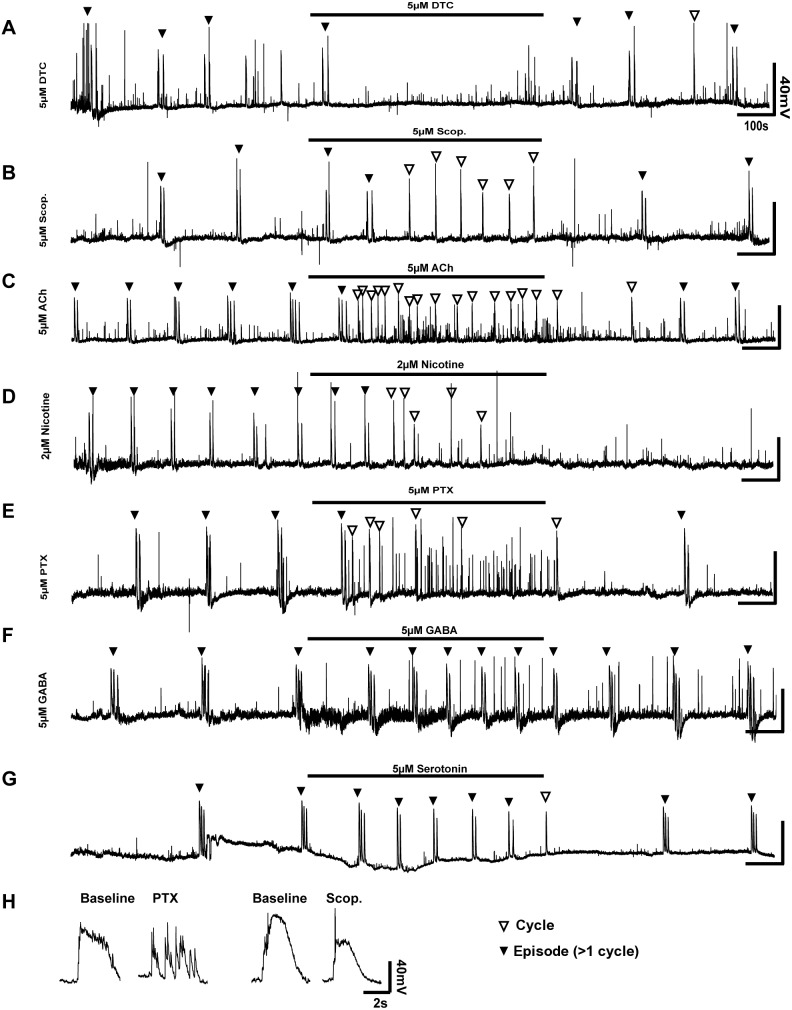Figure 3. Pharmacological interrogation of individual motor neuron activity.
30-clamp recordings were made from HH St. 30 motor neurons identified by Hb9-EGFP, during which time agonists or antagonists were applied. A) Inhibition of nicotinic transmission with 5 μM D-Tubocurarine (DTC) completely abolished episodic activity (black arrowheads). The activity seen at the end of the treatment does not fulfil the criteria for a cycle. B) Muscarinic inhibition with 5 μM scopolamine (Scop.) resulted in changes in episode patterns, with an abolition of doublet episodes (black arrowheads) and an increased frequency of singlet cycles (white arrowheads). C) Nicotinic stimulation (2 μM) completely abolished the pattern of activity; irregular singlets were seen throughout the drug application, and many more small depolarisations also occurred. Activity did not return after cessation of nicotine application. D) Stimulation with acetylcholine (5 μM) increased the frequency of both singlet cycles, and short depolarisations. E) GABA-A inhibition with Picrotoxin (PTX, 5 μM) abolished episodic activity; irregular singlet cycles remained, interspersed with many short depolarisations that do not fit the criteria of cycles. F) GABA application (5 μM) increased the frequency of episodic activity without causing significant changes to episode structure. G) Application of 5 μM Serotonin increased the frequency of episodic activity, and reduced the number of cycles in episodes. H) The shape of voltage traces for a typical individual cycle in baseline conditions compared to a typical cycle in the presence of PTX demonstrate the disruption to cycles in the absence of GABA-A signaling.

